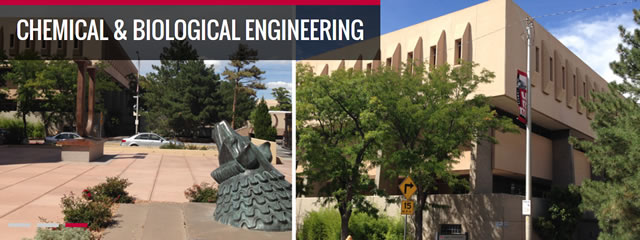
Chemical and Biological Engineering ETDs
Publication Date
Spring 4-13-2018
Abstract
Proton exchange membrane fuel cells offer a cost-effective, environmentally friendly, and sustainable alternative to petroleum-based power sources to the transportation sector. However, slow electrochemical reactions at the cathode of these fuel cell prevent the technology from being competitive. Iron-nitrogen-carbon based catalysts have emerged as a viable answer to this problem, yet further progress is needed to improve their performance beyond that of current state-of-the-art platinum-based catalysts, which are economically and geopolitically impractical to be a final solution. Currently, a two-step high temperature pyrolysis method has proven a promising way to synthesize iron-nitrogen-carbon catalysts for optimized performance, but there is a lack of general understanding as to why these techniques are so efficacious. In this study, iron-nitrogen-carbon catalysts are synthesized with varying second pyrolysis durations and analyzed in regard to their chemistry, morphology, and performance through x-ray photoelectron spectroscopy, scanning electron microscopy, and rotating ring disk electrode techniques to attempt to find trends between high performance and the occurrence of specific chemical compositions or morphologies. It is reported that relative increases in pyridinic nitrogen and nitrogen coordinated to metal contents coincide with improved performance and that longer pyrolysis times promote heterogeneity and small scale porosity in these materials.
Keywords
fuel cell, non-PGM, ORR, catalyst, synthesis effects
Document Type
Thesis
Language
English
Degree Name
Chemical Engineering
Level of Degree
Masters
Department Name
Chemical and Biological Engineering
First Committee Member (Chair)
Plamen Atanassov
Second Committee Member
Kateryna Artyushkova
Third Committee Member
Fernando Garzon
Recommended Citation
Weiler, Elizabeth B.. "An investigation of the effects of the second pyrolysis on the chemistry, morphology, and performance of iron-nicarbazin catalysts." (2018). https://digitalrepository.unm.edu/cbe_etds/72
